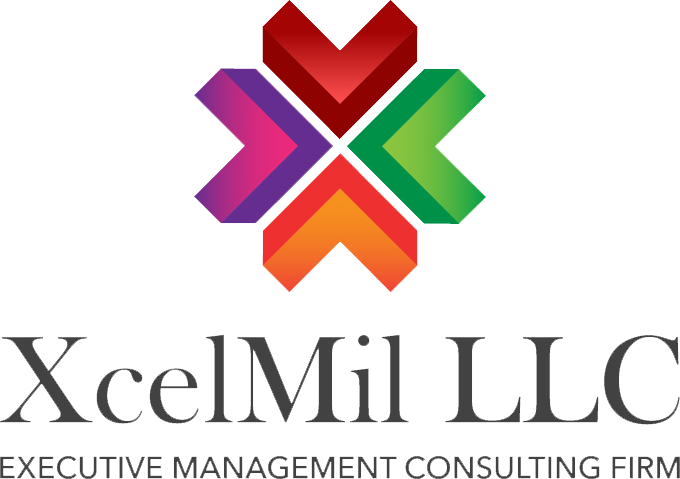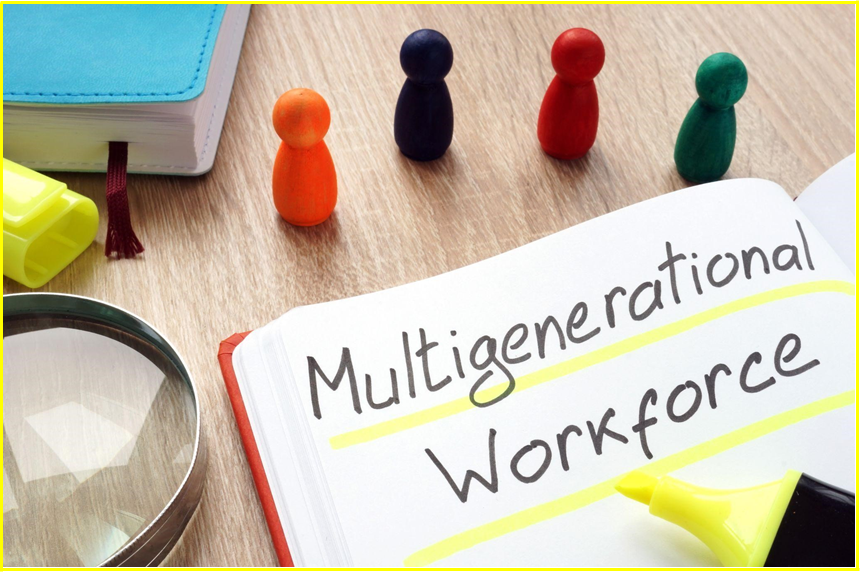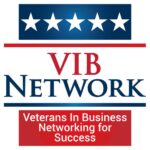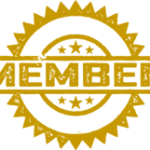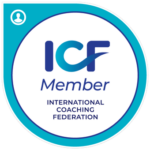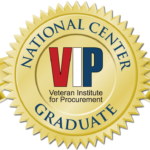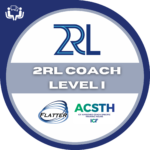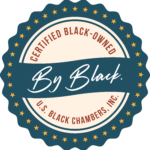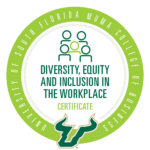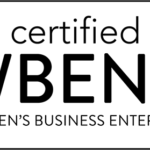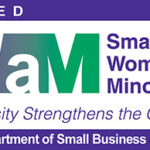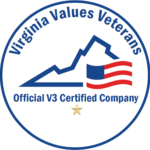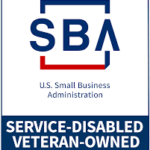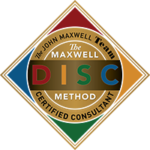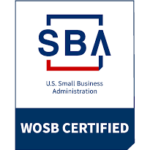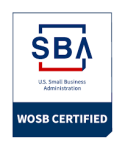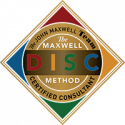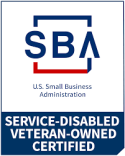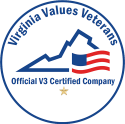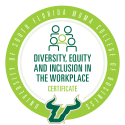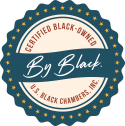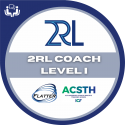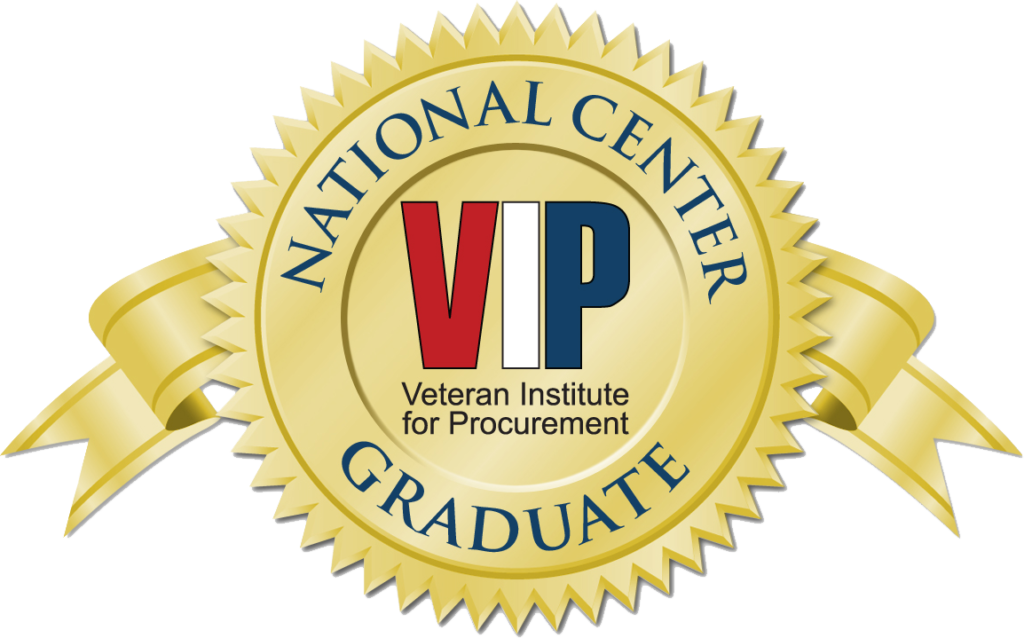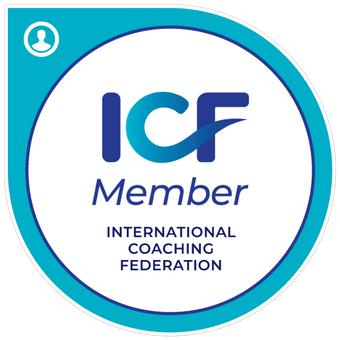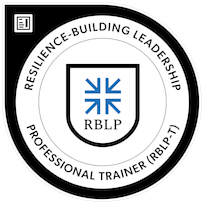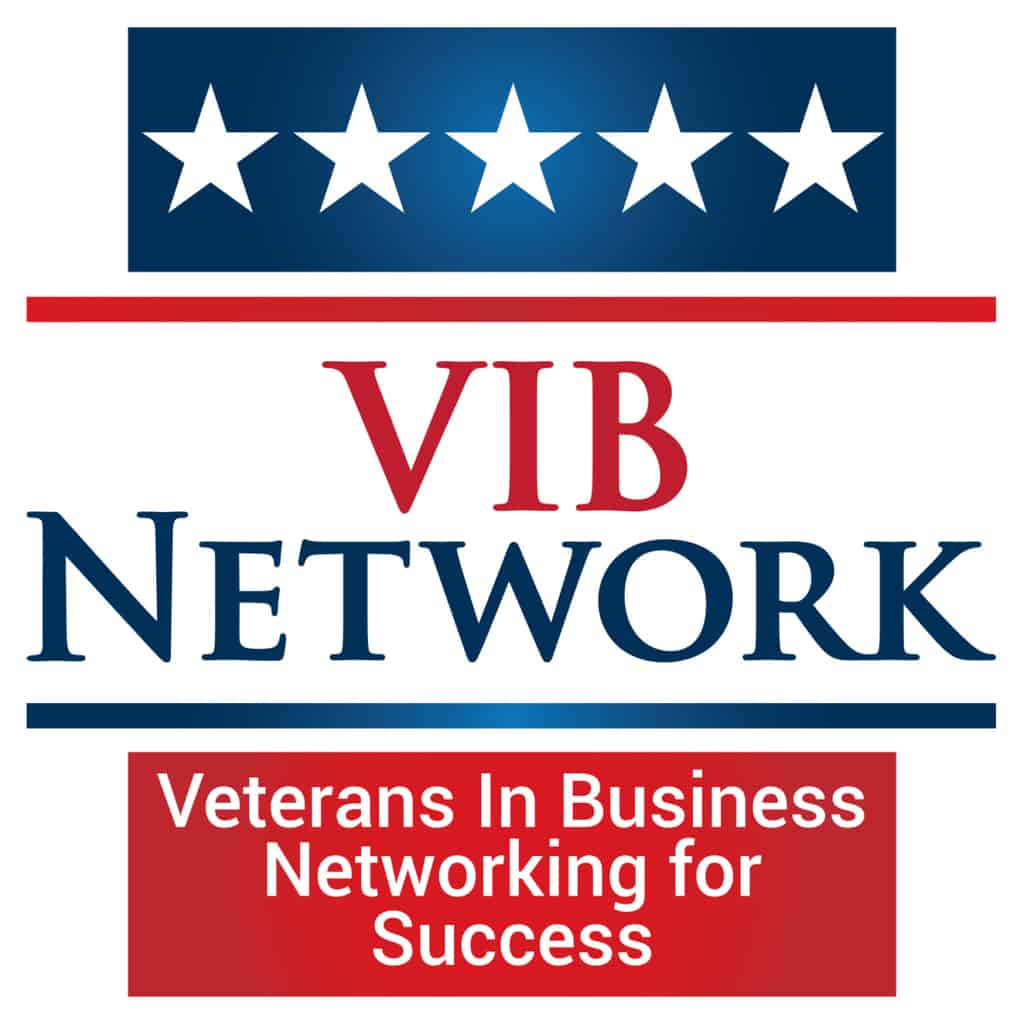Today, many workplaces have four, or even five, generational cohorts working together in and across teams, making for a complex organizational environment. Fortunately, along with the challenges come huge opportunities for leaders to leverage a diverse set of experiences, skills, and perspectives.
First off, let’s define “generation.” A generation is a group of people who were born and live simultaneously. There’s no formal beginning and end of a generation. You’ve likely heard or read different dates used to describe the boundaries of the five cohorts—the Silent Generation, Boomers, Generation X, Millennials, and Generation Z. However, experts agree that people who grow up around the same time and share pivotal experiences and events tend to share common traits and values. With that in mind, here are three tips to help you make the most of your multigenerational team.
Tip #1: Strive to Understand the Major Differences Between Generations
 The first step to managing a multigeneration team well is to understand generational differences and how they directly impact how your employees work, how they prefer to be recognized, and what they want from their employer. To learn more about the five generational cohorts working today, check out our previous post, Five Generations in the Workforce: A Primer.
The first step to managing a multigeneration team well is to understand generational differences and how they directly impact how your employees work, how they prefer to be recognized, and what they want from their employer. To learn more about the five generational cohorts working today, check out our previous post, Five Generations in the Workforce: A Primer.
Tip #2: Encourage Mutual Understanding and Respect.
 Healthy company culture is one where all employees feel respected, valued, and supported. Unfortunately, research indicates that people from specific generational cohorts do not always think highly of other age groups. For instance, a 2008 study found that baby boomers tend to have low opinions of generation X and Y, primarily because they felt they lacked work ethic. Interestingly, generation X had a low opinion of millennials, perceiving them as “slackers,” but thought highly of baby boomers. There are lots of varying perspectives and ideas at play among generational cohorts. One way to bridge the gap is to create pathways for multigenerations to build connections through mentoring programs.
Healthy company culture is one where all employees feel respected, valued, and supported. Unfortunately, research indicates that people from specific generational cohorts do not always think highly of other age groups. For instance, a 2008 study found that baby boomers tend to have low opinions of generation X and Y, primarily because they felt they lacked work ethic. Interestingly, generation X had a low opinion of millennials, perceiving them as “slackers,” but thought highly of baby boomers. There are lots of varying perspectives and ideas at play among generational cohorts. One way to bridge the gap is to create pathways for multigenerations to build connections through mentoring programs.
Tip #3: Ask for Your Team Members to Share Their Perspectives
 Finally, not all people exhibit the characteristics shared by the generational cohort assigned by their age. For example, when people move up the ladder at work, they might start to embody the next cohort older up from theirs. Others might identify more with another cohort because they spent more time with that age group growing up. In short, individuals are difficult to put into any box. As such, it’s important to remember that everyone is unique and to find ways to hear everyone’s different perspectives so you can create a positive work environment where each person can be successful.
Finally, not all people exhibit the characteristics shared by the generational cohort assigned by their age. For example, when people move up the ladder at work, they might start to embody the next cohort older up from theirs. Others might identify more with another cohort because they spent more time with that age group growing up. In short, individuals are difficult to put into any box. As such, it’s important to remember that everyone is unique and to find ways to hear everyone’s different perspectives so you can create a positive work environment where each person can be successful.
A multigenerational team can be a massive asset to an organization. The older generations bring vast experiences and institutional knowledge, while the younger generations embrace technology and contribute fresh perspectives. The key is to create an environment where generational differences are understood, welcomed, and embraced. We hope the three tips outlined above help you get started toward that vision.
Book a consultation with us now! Please do not hesitate to contact us with any questions. We would love to hear from you. Email at info@xcelmil.com.
Click here https://xcelmil.com/xcelmil-coaching-and-consulting-services/ to learn more about our services.
XcelMil, LLC is a certified Minority-Woman and Service-Disabled Veteran-Owned Small Business specializing in Executive Management Consulting and Leadership Development Training.
